Research on photocatalytic materials has been a field in continuous progress in the recent decades as demonstrated by the large number of articles published every year. So far, approximately 200 diverse semiconductors have been analysed as appropriate photocatalysts. To this figure, it is necessary to add the permutations with other functional materials or between different semiconductors, as well as their morphological variations. Summing up the outcome of these different preparation strategies in due course leads to the vast number of photocatalytic systems that have been reported in the scientific literature. Dealing with such an amount of statistics requires efficient and accomplished guidance to select the most noteworthy realizations, and it also calls for critical assessments on how the expectations are being fulfilled.
In 1972, Fujishima and Honda discovered the photocatalytic splitting of water on TiO2 electrodes. This discovery opened a new research area in heterogeneous photocatalysis. However, the use of the bare TiO2 presents some drawbacks as (i) small amount of photons absorbed in the visible region with the consequent need to irradiate with UV light, (ii) high recombination rate for the photo produced electron–hole pairs (iii) difficulty to significantly improve the performances by loading or doping with foreign species that often work as recombination centres. These drawbacks led to exploration of new materials, semiconductors, coupling two or more types of oxides to obtain mixed particles and doping the base materials.
Among the various semiconductor photocatalysts, Bi-based oxyhalides are extensively studied in recent years due to their unique properties and potential applications in catalysis, environmentally friendly pigments, building nanodevices and nanosensors. BiOCl, as one of the most important bismuth oxyhalides, has a layer structure characterized by [Bi2O2] slabs interleaved by double slabs of halogen atoms. The layered structure provides the space large enough to polarize the related atoms and orbitals. The induced dipole separates the electron–hole pair efficiently and enhances photocatalytic activity. Nevertheless, as a semiconductor with a wide band gap, BiOCl absorbs only UV light and cannot degrade organic dye under visible light theoretically. Hence, many efforts have been made to develop functional BiOCl-based visible-light photocatalysts by incorporating metal ions or coupling with other semiconductors.
This perspective research work intends to assess the state of the art of photocatalysis with regard to materials and systems, considering the well-established results, but also the emerging aspects, and the envisaged new directions of this technology in the near future.

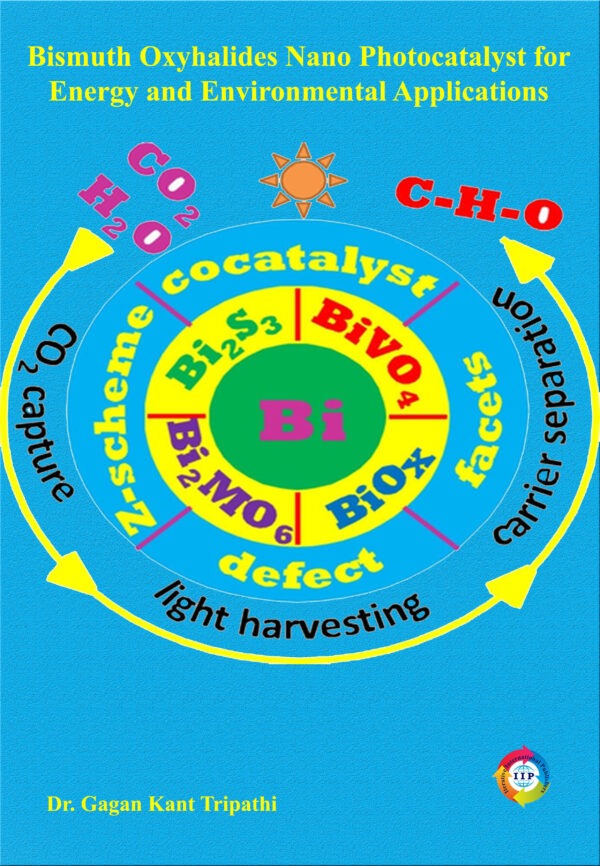
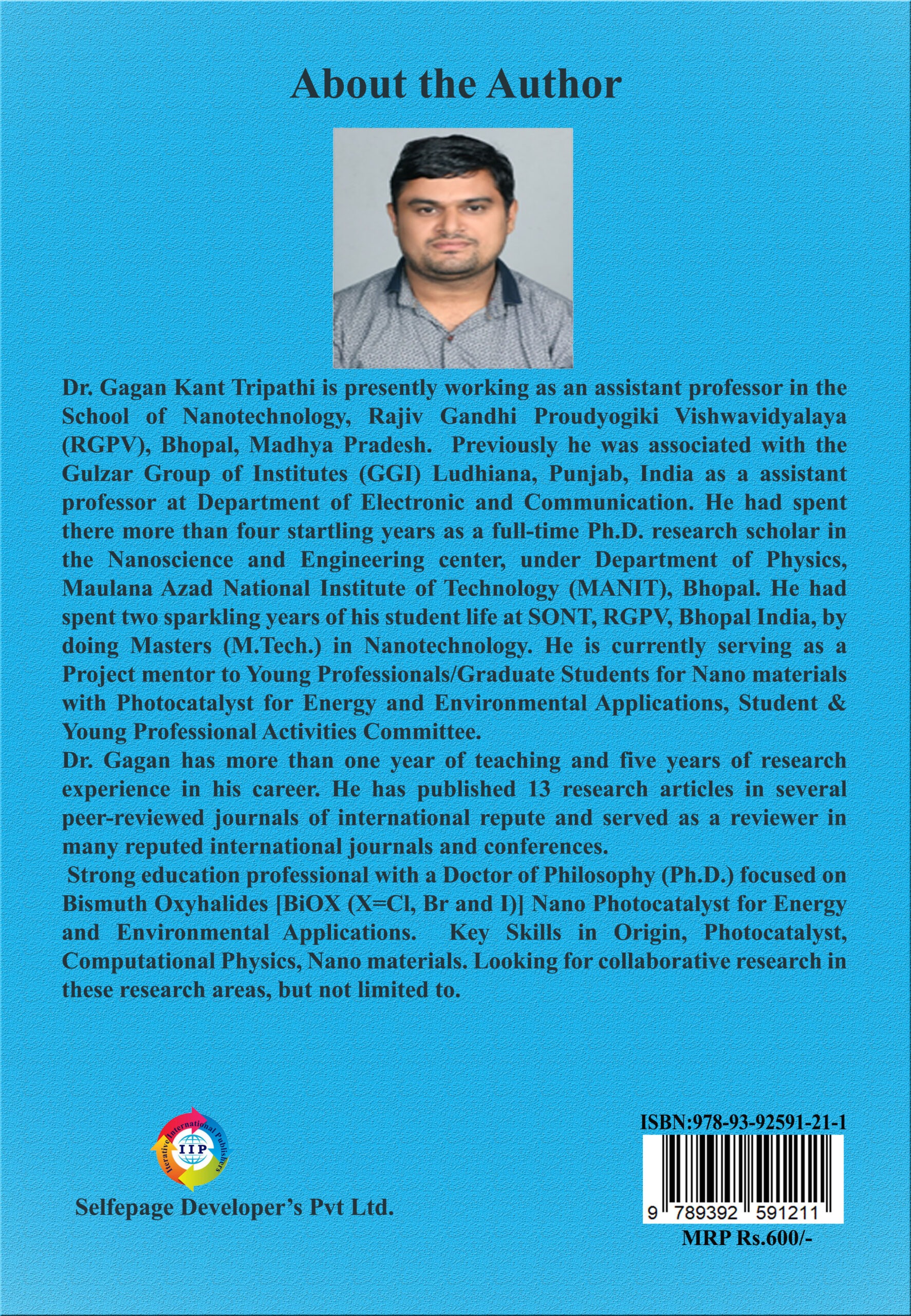
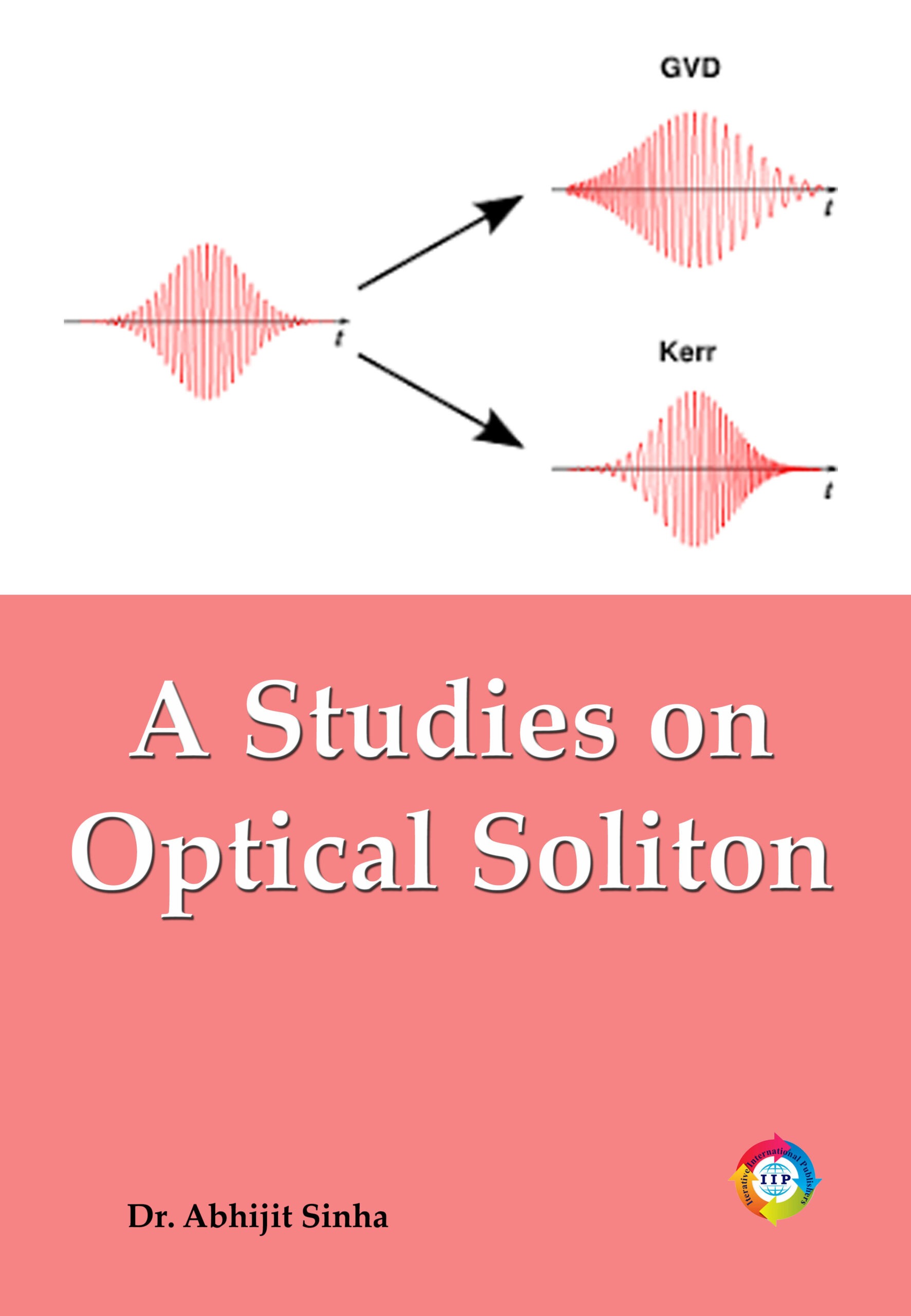
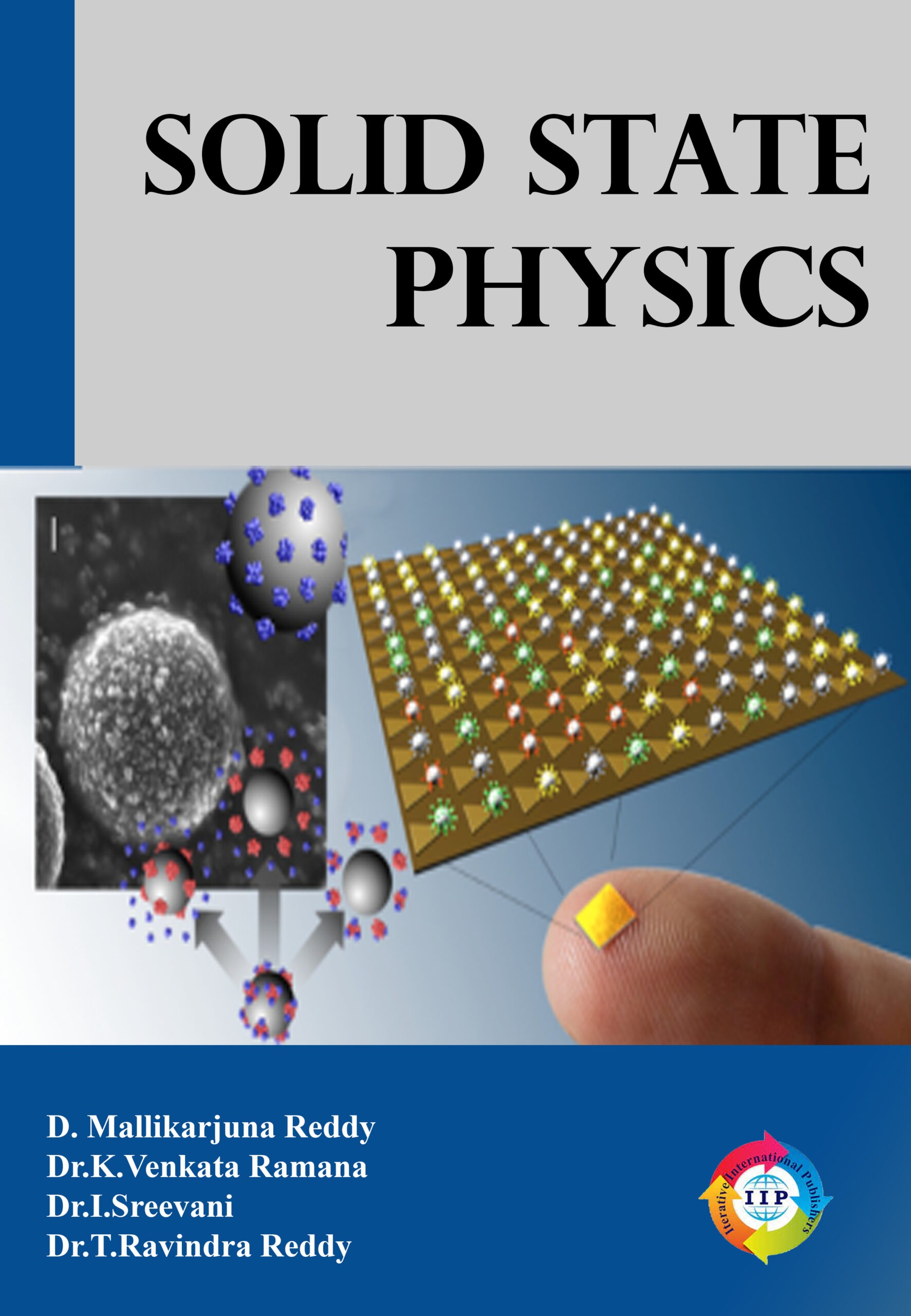

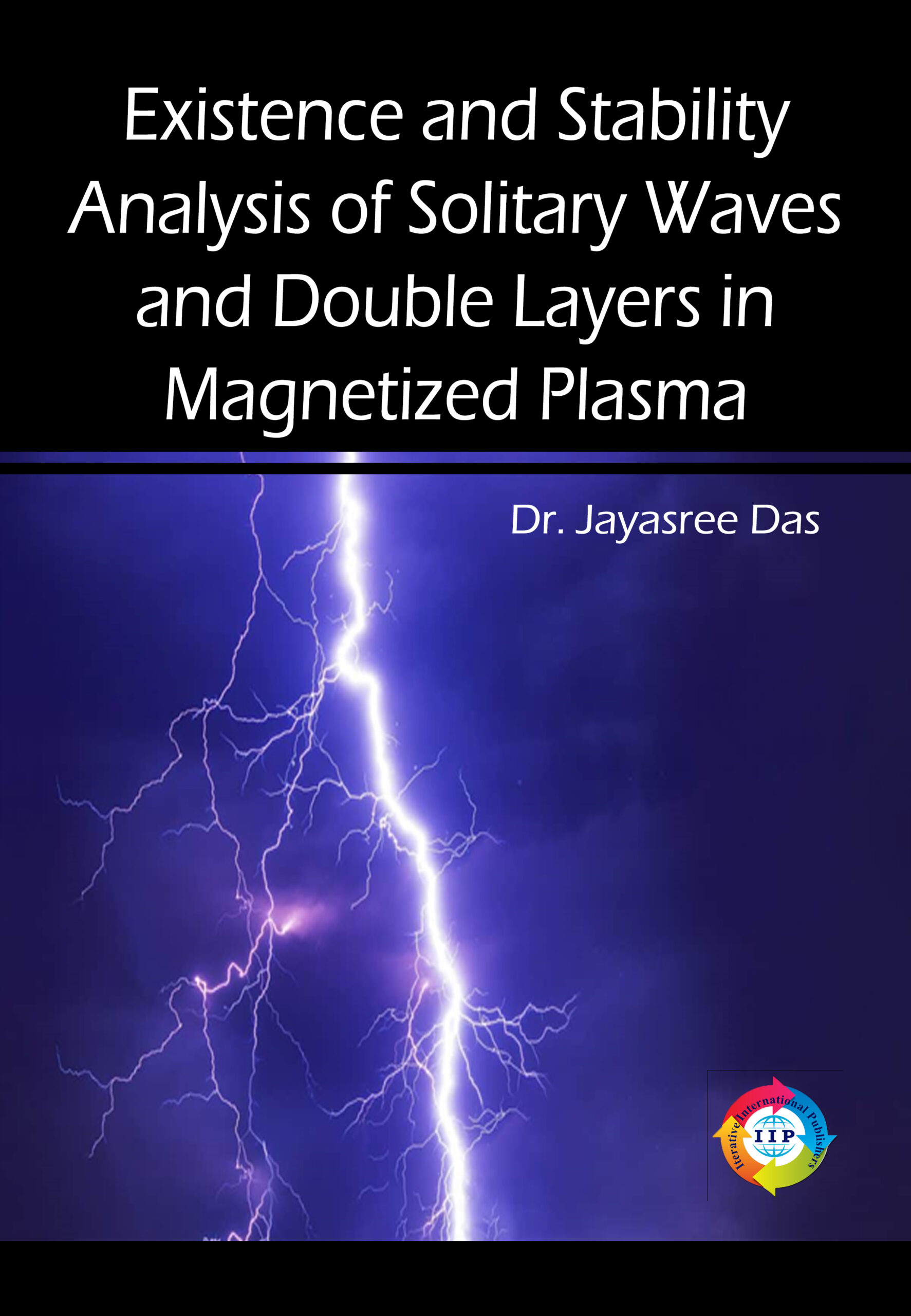


Reviews
There are no reviews yet.